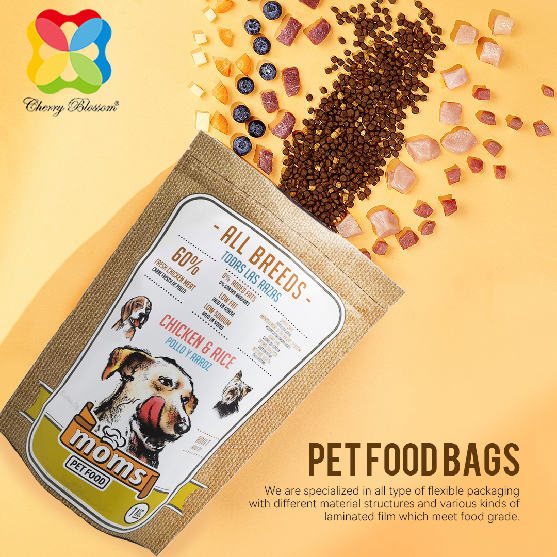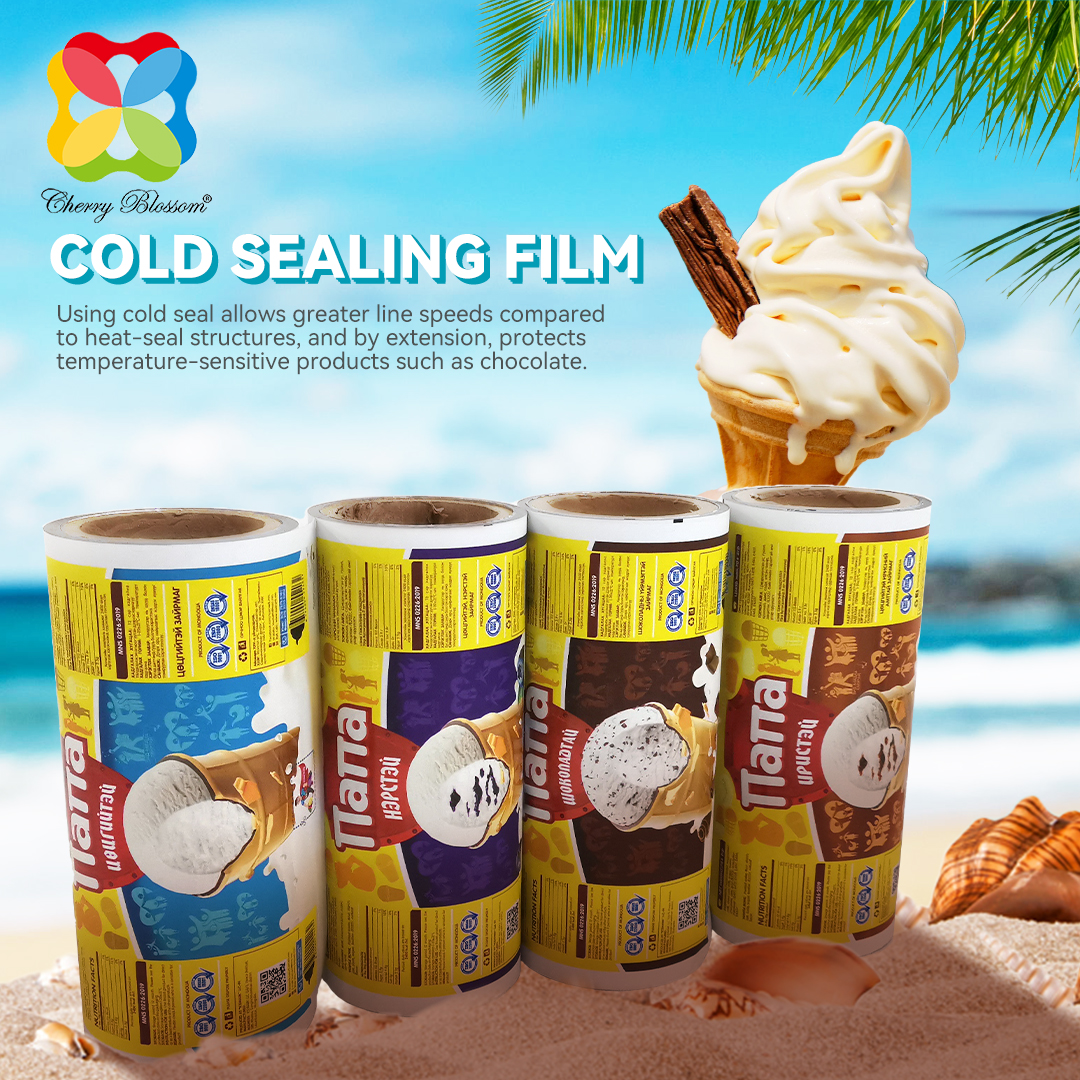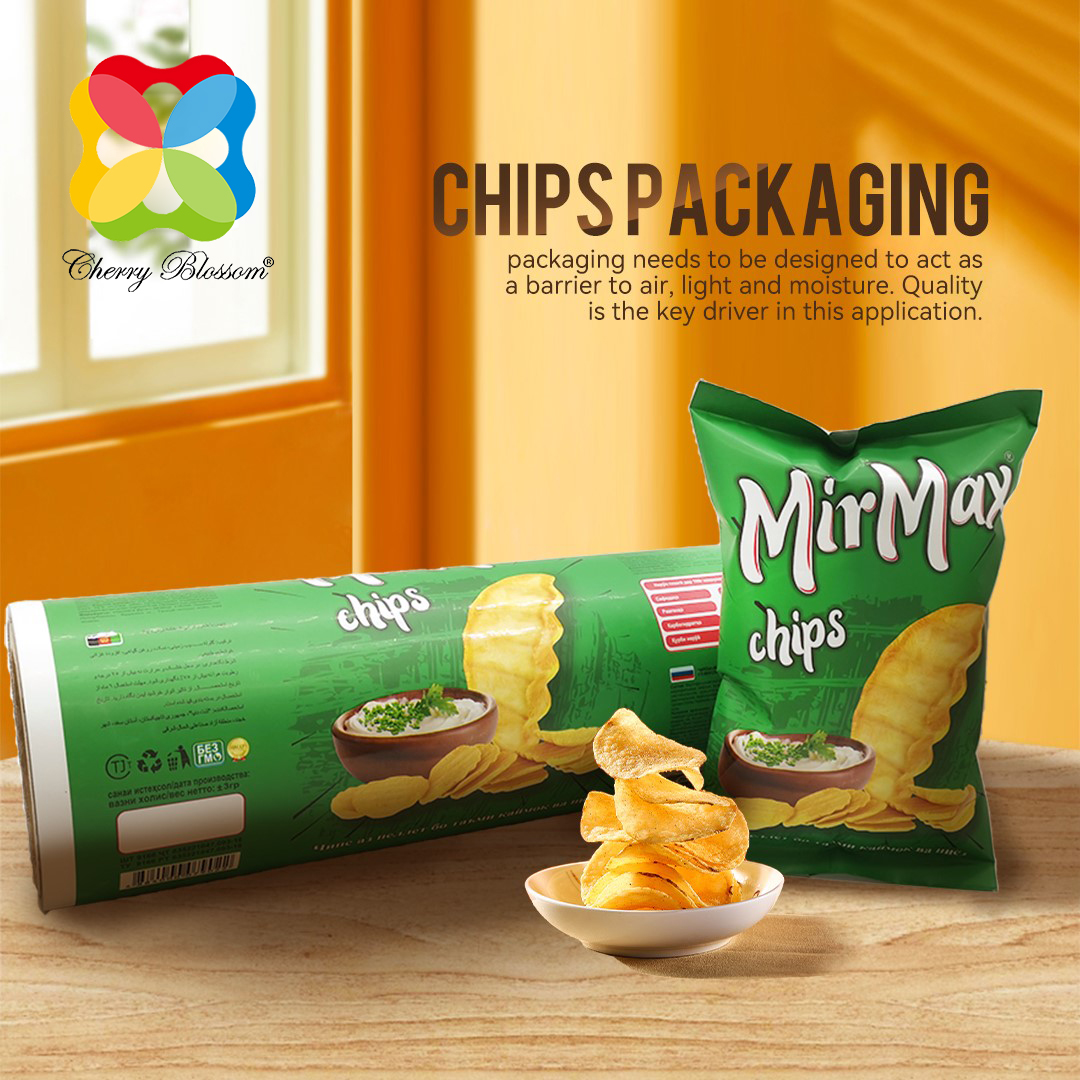1. Reverse material substitution will continue to grow
Grain box liner, paper bottle, protective e-commerce packaging The biggest trend is the "paperization" of consumer packaging. In other words, plastic is being replaced by paper, mainly because consumers believe that paper has the advantages of renewability and recyclability compared with polyolefin and PET.
There will be a lot of paper that can be recycled. The decrease in consumer spending and the growth of e-commerce led to an increase in the supply of usable cardboard, which helped to maintain relatively low prices. According to the recycling expert Chaz Miller, the price of OCC (old corrugated box) in the Northeast of the United States is currently about $37.50 per ton, compared with $172.50 per ton a year ago.
But at the same time, there is also a potential big problem: many packages are a mixture of paper and plastic, which cannot pass the recyclability test. These include paper bottles with internal plastic bags, paper/plastic carton combinations used to produce beverage containers, soft packaging and wine bottles claimed to be compostable.
These do not seem to solve any environmental problems, but only the cognitive problems of consumers. In the long run, this will put them on the same track as plastic containers, which claim to be recyclable, but will never be recycled. This may be good news for chemical recycling advocates, because when the cycle is repeated, they will have time to prepare for large-scale recycling of plastic containers.

2. The desire to promote compostable packaging will deteriorate
So far, I have never felt that compostable packaging plays an important role outside the application and venue of catering services. The materials and packaging discussed are not recyclable, may not be scalable, and may not be cost-effective.
(1) The amount of domestic compost is not enough to produce even the smallest changes;
(2) Industrial composting is still in its infancy;
(3) Packaging and catering services are not always popular with industrial facilities;
(4) Whether it is "biological" plastics or traditional plastics, composting is a non-recycling activity, which only produces greenhouse gases and hardly produces other substances.
The polylactic acid (PLA) industry has begun to abandon its long-standing claim of industrial compostability and seek to use this material for recycling and biomaterials. The statement of bio-based resin may actually be reasonable, but the premise is that its functional, economic and environmental performance (in terms of the generation of greenhouse gases in the life cycle) can exceed the similar indicators of other plastics, especially high-density polyethylene (HDPE), polypropylene (PP), polyethylene terephthalate (PET), and in some cases, low-density polyethylene (LDPE).
Recently, some researchers found that about 60% of household compostable plastics were not completely decomposed, resulting in soil pollution. The study also found that consumers were confused about the meaning behind the declaration of compostability:
"14% of plastic packaging samples are certified as" industrial compostable ", and 46% are not certified as compostable. Most biodegradable and compostable plastics tested under different household composting conditions are not fully decomposed, including 60% of plastics certified as household compostable. "

3. Europe will continue to lead the anti-green tide
Although there is still no credible evaluation system for the definition of "green washing", its concept can basically be understood as that enterprises disguise themselves as "friends of the environment", trying to cover up the damage to society and the environment, so as to preserve and expand their own market or influence. Therefore, a "green washing" action has also arisen.
According to the Guardian, the European Commission is particularly seeking to ensure that products claiming to be "bio-based", "biodegradable" or "compostable" meet the minimum standards. In order to combat the "green washing" behavior, consumers will be able to know how long it takes for an item to be biodegradable, how much biomass is used in the production process, and whether it is really suitable for household composting.

4. Secondary packaging will become a new pressure point
Not only China, but also many countries are troubled by the problem of excessive packaging. The EU also hopes to solve the problem of excessive packaging. The proposed draft regulation stipulates that from 2030, "each packaging unit must be reduced to its weight, volume and the minimum size of the packaging layer, for example, by limiting the blank space." According to these proposals, by 2040, the EU member countries must reduce the per capita packaging waste by 15% compared with 2018.
Secondary packaging traditionally includes outer corrugated box, stretch and shrink film, corner plate and belt. But it may also include external main packaging, such as shelf cartons for cosmetics (such as face cream), health and beauty aids (such as toothpaste), and over-the-counter drugs (OTC) (such as aspirin). Some people worry that the new regulations may lead to the removal of these cartons, causing confusion in the sales and supply chain.
What is the future trend of sustainable packaging market in the new year? rub one's eyes and wait!

Post time: Jan-16-2023






